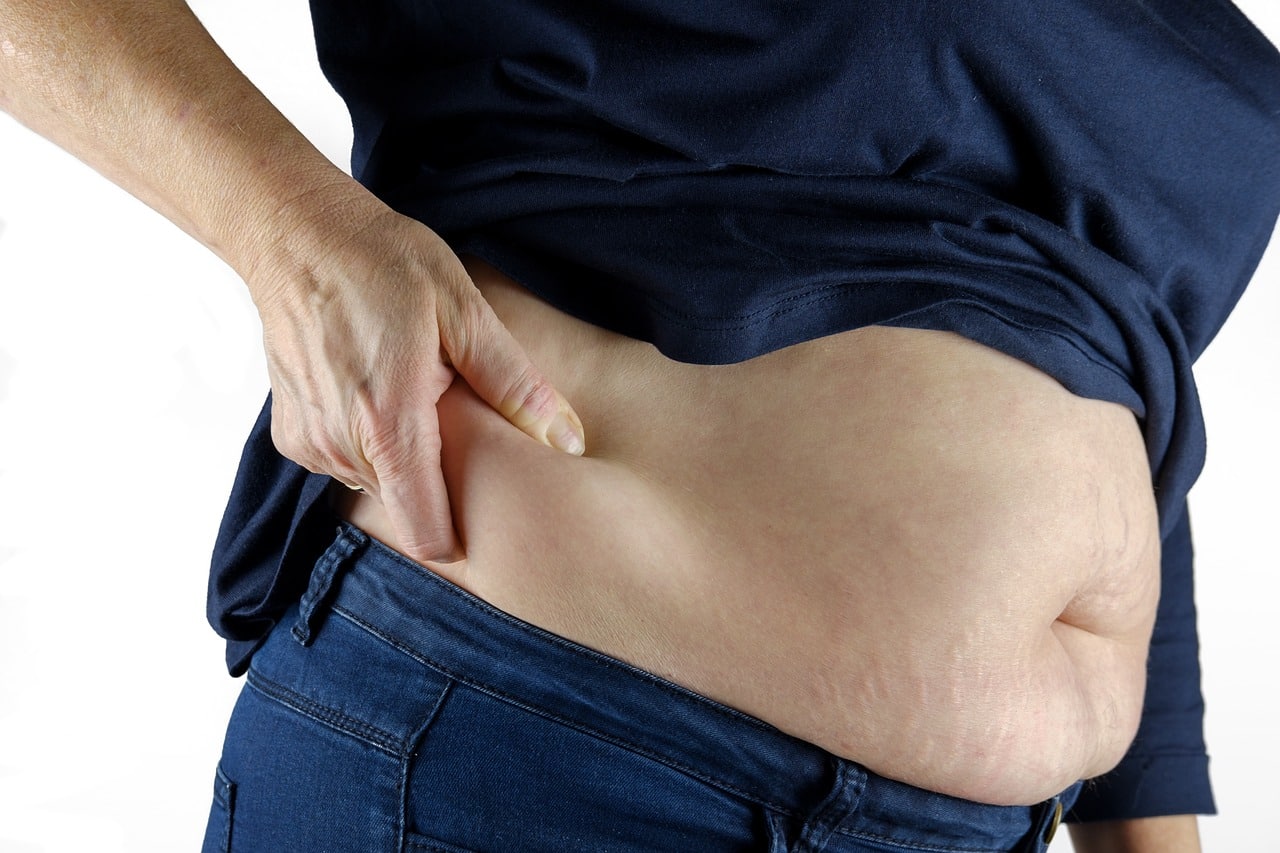
Flaccidity is the decrease in muscle tone.
Flaccidity is the condition of being flaccid : loose, lacking strength or solidity . The Royal Spanish Academy (RAE), in its dictionary, indicates that the term can also be mentioned as flaccidity .
Decreased muscle tone
Flaccidity or flaccidity is associated with muscle weakness or, more precisely, a decrease in muscle tone , a particularity that at a medical level is mentioned as hypotonia .
Muscle tone is the passive, continuous and partial contraction of muscles , which is maintained even at rest . Hypotonia or flaccidity appears when this tone is reduced, which can cause problems maintaining posture.
It is important to note that muscle tone depends not only on the muscles, but also on the nerves , spinal cord , and brain . That is why sagging can have its origin in various disorders, such as an infection or brain damage .
Aesthetics
Sagging can also be an aesthetic problem, as opposed to a serious pathology. In this case, it is what happens when the skin , due to a decrease in the amount of proteins such as elastin and collagen , loses firmness and elasticity .
This type of flaccidity is usually noticed in the inner part of the extremities, in the thighs, in the abdomen and in the buttocks. The passage of time always produces sagging, although there are other causes that can intensify the process, such as lack of physical activity , poor diet , excess exposure to sunlight and hormonal imbalances .
Tips to treat sagging
Below we will see some tips to treat sagging:
- Regular exercise : Incorporating a routine that includes resistance training and muscle toning exercises can help strengthen muscles and improve the appearance of skin. Weight lifting, interval training, and yoga can be beneficial;
- balanced diet : Eating foods rich in lean proteins, fruits, vegetables, and healthy fats can help take care of your skin and muscles. Proteins are especially important for tissue regeneration and repair;
- hydration : drinking enough water is essential to keep skin hydrated and healthy, something that can also help improve skin elasticity;
- Skin care : Using products containing ingredients such as retinoids, vitamin C, and collagen can help improve skin firmness and elasticity;
- massages and exfoliation : doing it regularly can improve blood circulation and stimulate collagen production, which can have a positive impact on the appearance of the skin;
- Avoid drastic weight changes : Gaining or losing weight suddenly can contribute to sagging. Therefore, it is important to maintain a certain stability, within the healthy range according to height and age;
- Firming creams : Products of this type can temporarily provide a firmer appearance to the skin. Creams and lotions with ingredients such as collagen, elastin, hyaluronic acid and peptides;
- professional treatments : if the sagging is significant, it is recommended to consult a dermatologist or specialist in aesthetic medicine. Some treatments such as radiofrequency, laser and non-surgical lifting procedures may be options to combat this problem;
- Sun protection : Excessive sun exposure can damage the skin's elasticity. It is advisable to use sunscreen daily to prevent damage caused by UV rays.

Hydration is key in the fight against sagging.
Improving sagging takes time and persistence . Results are not usually quick, but with a constant focus on proper care, improvements in the appearance of the skin can be achieved. Because each person is unique, some approaches may work better for some than others. For more intensive treatments, it is advisable to seek guidance from health and beauty professionals before making decisions.
